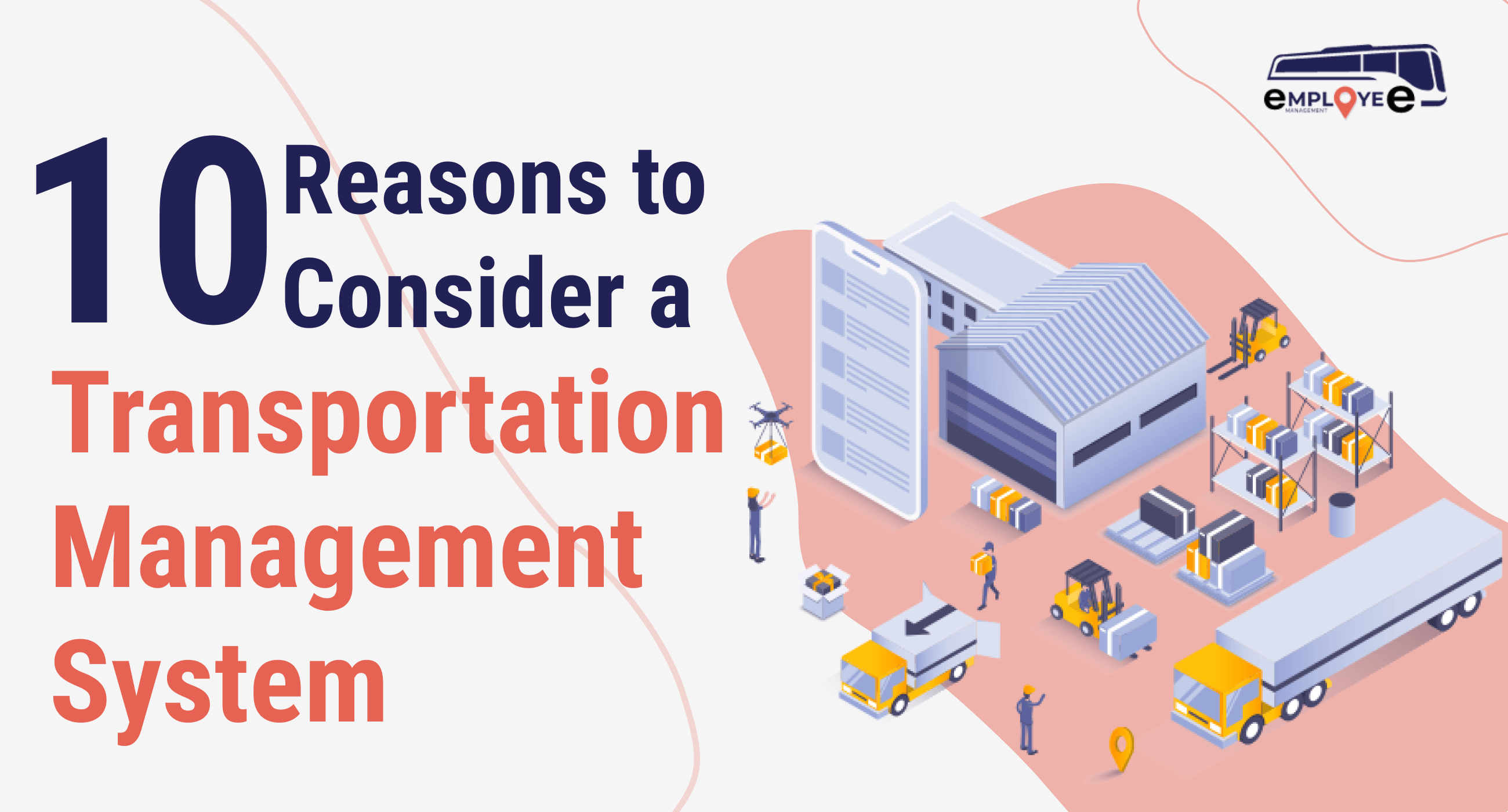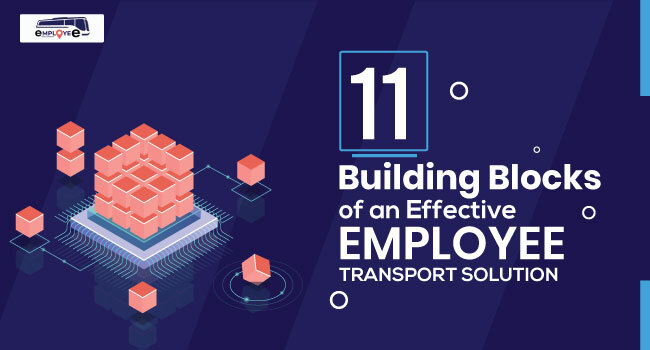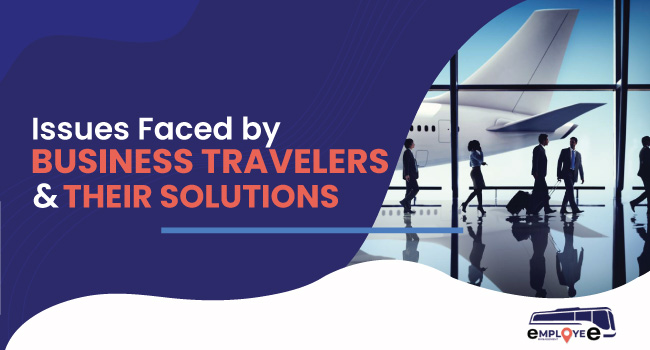10 Reasons to Consider a Transportation Management System
July 14th, 2022

If your business is involved in transportation, retail, distribution, manufacturing, e-commerce, or third-party logistics, you are probably already aware of this. A Transport Management System (TMS) is a logistics platform that enables customers to monitor and improve their transportation fleets’ everyday operations. Its major responsibility is to organize and execute the actual transportation of products.
Read Also: “Best Transportation Management Systems in 2022”
How can I choose a transport management system?
The following are some of the characteristics that a Transport Management System normally includes and that you should examine before making a decision:
- Route Optimization — We will use logistics management software to determine the most cost-effective routes. It does this by using existing traffic data, maps, road speeds, fuel prices, and modal constraints, saving you time and petrol.
- Carrier Selection – A typical TMS will automatically choose the best carrier and method of delivery for each delivery, hence streamlining your procurement process.
- Contract Management — Additionally, the platform should enable real-time tracking of your existing terms and agreements with specific carriers. Additionally, some will indicate the entire cost, enabling you to choose the most cost-effective carrier.
- Consolidation of Shipments – You may further reduce transportation costs by scheduling and organizing shipments in the most efficient sets possible, increasing load consolidation.
- Freight Estimates, Settlements, and Payments — Your TMS software should also be capable of calculating delivery charges depending on the shipment method, distance traveled, and weight of the goods. Similarly, it should enable your accountants to work on all bills, produce payments and vouchers, assign expenses, minimize associated mistakes, and account for match-pay settlement tolerances.
- Tracking and Tracing Capabilities — Your TMS platform must provide real-time data sharing between the carrier, the customer, and the distributor.
- Product Visibility and Shipping Support – Complete product visibility is critical since it enables you to monitor the progress of your shipment from start to end. Additionally, you may be able to rate and route your deliveries in certain circumstances.
- Warehouse and Yard Management – The package should also provide real-time warehouse facility information in cargo dispatch. Similarly, the system should allow you to monitor truck and trailer travel across your production, distribution, and storage sites.
- Risk Management – By automating your auditing procedures and enabling the creation of cross-border reports, you can eliminate needless national and international shipping risks.
- Business Data Analytics – This system should also have analytics capabilities to help you spot patterns and optimize operations and processes.
Read Also: “Top Features of Employee Transportation Management System”
How can I choose a transport management system?
Apart from these basic characteristics, certain Transportation Management Software may contain more sophisticated capabilities. These may take the shape of big data analytics and cloud-based SaaS applications that enable you to outsource freight data and third-party logistics.
Similarly, a TMS may increase cooperation between departments and team members, increasing ROI and lowering shipping costs. As previously said, you should choose Transportation Management Software that complements and expands on your present skills.
What is the importance of logistics management?
Proper logistics management entails optimizing procedures to increase income, decrease manual work, make educated choices, and surpass customer expectations.
Enhancement of consumer pleasure
Consumers want improved service, necessitating the need for shippers to ensure quick, accurate, and high-quality delivery. A sound management approach focuses on optimizing transportation procedures and minimizing interruptions. As a consequence, customer satisfaction suffers as a result of this. Improved customer service may help a corporation’s brand develop a good reputation and create more revenue.
Additionally, a well-organized and efficient freight transportation procedure may dramatically improve the customer experience and surpass shippers’ expectations. Finally, well-managed logistics leads to a pleasant client experience as a whole.
Enhances efficiency
Logistics planning improves your company’s productivity. Your business can appropriately store supplies with on-site logistics planning while easily finding them. As a result, you’ll be able to increase transaction speed and company activity.
Visibility
It is critical to establish visibility across a business’s supply chain. Advanced transportation management systems (TMS) evaluate past data and monitor the in-and-outflow of commodities from enterprises in real-time. Logistics managers may utilize this data to guide optimization decisions and avert interruptions. TMS data analysis helps a business run more effectively while acquiring operational knowledge.
Savings on costs
Managing logistics enables a business to maintain control over incoming freight, maintain ideal inventory levels, coordinate the reverse flow of products, and route freight to the most cost-effective means of transportation – all of which may result in considerable cost savings. Inbound freight may account for around 40% of total supply chain expenses, implying that effective logistics management enables shippers to capitalize on hidden cost reduction potential.
Which type of ERP is better to maintain a logistics company?
ERP systems help businesses manage their logistics, finance, operations, and inventories more effectively via a centralized system, eliminating mistakes and increasing efficiency.
Optimization of Inventory
Both underproduction and overproduction are bad for any business. To save expenses, it’s critical to have the correct mix and amount of goods on hand. An ERP system enables you to plan production and supply requirements efficiently.
Visibility
As a well-integrated and comprehensive solution, ERP software can make it simple and fast to extract critical information from the system to acquire real-time insight into the health of a firm. Additionally, it may share this information with other third parties, such as suppliers.
Savings on costs
Bear in mind that coordinating various inventory management procedures saves time by smoothing out production bottlenecks and helps a business save money via improved inventory planning. Additionally, an improved organization might result in increased customer satisfaction.
Accurate Financial Reporting
It’s worth mentioning that inventory is a critical component of a business’s financial reports and statements at practically every stage. Whether it is work in progress, completed commodities, or raw materials, all inventory types have a monetary value that must be properly accounted for. In this aspect, ERP systems ensure that yearly reports and corporate tax returns are current and correct.
Read Also: “Top 5 Ways to Reduce Employee Transportation Cost Using a Management System”
How can I choose a transport management system?
How does ERP drive the transportation industry?
ERP software helps a transportation organization handle critical business operations such as resource management and customer satisfaction, transportation optimization, logistics management, and procedures for optimal efficiency, customer loyalty, and profitability. ERP is altering the transportation and logistics business in the following ways:
Vendor/Customer Portal: To keep vendors and customers connected and informed, ERP software includes a vendor/customer portal that enables fast account access and visibility into the status of all logistics. All communication is connected to ensure that consumers/partners are informed through SMS or email.
Scheduling Maintenance: As previously said, transport vehicles and infrastructure are assets that need regular maintenance. The only maintenance issue is that if it is not scheduled correctly, it may significantly impact the company. ERP software enables you to maintain complete control over all critical business activities.
Real-Time Tracking: While traveling, it must monitor cars in real-time to keep consumers informed. It provides vital business insight to a logistics company. Additionally, real-time monitoring becomes simpler and quicker with smartphone integration.
Optimize Inventory Control: Inventory management is critical for every transport operation. The introduction of an ERP system allows the transportation business to examine orders, delivery, and sales from a centralized place. It even shortens the time between order and shipping. Transport organizations may use these technologies to manage incoming and outgoing orders and detect out-of-stock goods. Additionally, mobile ERP may make it simple and enjoyable.
ERP Simplifies Distribution: ERP also simplifies distribution. It helps freight forwarders to manage their distribution flows effectively. ERP takes advantage of data gathered from social media and internal databases to expedite delivery. It enables suppliers, distributors, drivers, and merchants to communicate in real-time regarding traffic, client addresses, and so on.
Human Resource Management: ERP is a wonderful tool for human resource management. As such, freight operators may use the program to monitor work hours and break periods and gather data for evaluating employee performance. Additional security features such as data backups for personnel, payroll, and attendance are included in the mobile ERP system for the logistics business.
Employee turnover is often higher in the logistics business than in other industries. ERP systems have evolved into a critical component of freight operators’ operations, streamlining distribution flow, inventory management, and personnel management.
Read Also: “Top Employee Transportation System Companies in the World”
Why is a transport Management System necessary?
Instant gratification is ingrained in the consumer’s mindset nowadays. Whatever the customer wants, he desires it in stock and immediately.
Overhead shipping expenses have surpassed even basic expenditures such as direct and indirect salaries or utilities for most multi-channel enterprises. The bottom line is significantly impacted whether a corporation has sophisticated logistical or simple transportation requirements. According to a recent Pitney Bowes estimate, package shipments would increase at a pace of 17% to 21% per year between 2017 and 2021.
By 2022, same-day delivery will raise logistics expenses as a proportion of revenue by up to 50%. As a result, businesses are increasingly searching for every possibility to contain rising transportation costs while maintaining overall service quality.
With supply chains scrambling to keep up with the Amazon Effect, selecting an efficient Transportation Management System (TMS) is critical.
TMS systems come in various flavors, ranging from more typical on-premise TMS solutions to network TMS solutions. A well-implemented TMS may streamline your core processes and completely revolutionize how your organization operates.
Here’s how:
1. Enhancement of cash flow
A solid transportation management system may significantly assist a corporation in lowering shipping expenses. The appropriate system will do a financial analysis of each logistical route. It will provide user-specific recommendations on saving costs in certain areas, such as fuel use or driver overtime.
2. Planning and Execution Integrated
The latest generation of transport management systems interfaces seamlessly with current systems critical for efficiently managing a company’s transport demands. These include the following:
- Systems for purchasing and order management
- Management of warehouses
- Relationship management with customers
- Management of Supplier Relationships
This connection enables the organization to ship orders via the most cost-effective carrier available. It provides the organization with improved route planning and load optimization. Order planning and execution will be improved and accelerated.
3. Minimal Documentation
Administration costs are significantly reduced. Automating all accounts with a TMS saves valuable time and money wasted on cumbersome paperwork. Incorrect billing or invoice mistakes are avoided while overall efficiency increases.
4. Inventory management
Businesses may track the progress of orders and shipments in real-time with TMS. It provides users with an accurate prediction for inventories and increases the supply chain network’s responsibility. Additionally, some network-based TMS systems include additional inventory management solutions (such as VMI and MEIO) that operate in conjunction with the TMS, enhancing the efficiency and intelligence of both the inventory solution and the TMS.
5. Visibility of the supply chain
Transport Management Systems of the future, which integrate across the supply chain, give a bird’s eye perspective of the complete supply chain system. Having complete operational insight and real-time data from all systems is a significant benefit. It allows managers to take immediate action on any opportunities or concerns that may develop. It maintains you in the good graces of your clients without jeopardizing performance.
6. Enhanced Routing through Pool Distribution
Order cycles have decreased in length, while shipping quantities have decreased in size. As a consequence, routing has never been more crucial. The correct TMS enables customers to deploy pool distribution, a more cost-effective and time-efficient form of delivery that provides more visibility and control. The user determines which shipments should be picked up or delivered by selecting the optimal pool location. Complex orders are decomposed and routed independently, which saves time and money.
7. Tracking Drivers While They Are on the Road
Driver monitoring allows users to evaluate the efficiency of various routes used by drivers, which may aid in the creation of a more effective timetable. Additionally, we may evaluate individual drivers. The user may monitor their efficiency and offer input on areas for improvement. Additionally, real-time monitoring offers significant safety advantages, particularly in the event of an accident.
8. Accurate Order Fulfillment
With a dependable transport management system, shipping becomes more precise. With real-time monitoring and complete insight into the supply chain, order fulfillment accuracy improves significantly. Shipping problems and inconsistencies are eliminated using the program. And even if small snags occur, we may fix them without adversely affecting the consumer.
9. Enhancing the Customer Experience
Today’s clients expect lightning-fast delivery, order revisions at the last minute, and tailored delivery timeframes, among other things. They do not only expect it; they see these services as an integral component of each order they make. It’s a significant challenge for firms to change their processes to match customer expectations. TMS, more precisely next-generation tier-1 transport management systems, come into play. TMS will connect order management and warehouse management systems. It will assist in consolidating all client orders to identify the most cost-effective carrier. Customers and businesses alike benefit from this arrangement.
10. Recurring Clientele and Referrals
A properly configured TMS saves you time and money. It increases the overall productivity and efficiency of your business. Increased customer satisfaction with TMS also increases the possibility of recommendations. Most significantly, each factor above adds to your firm’s ultimate goal: recurring business. You want clients to pick your services continually, and the correct transport Management System will guarantee that they do.
Conclusion
A Transportation Management System is a critical piece of equipment in every business’s armory. A TMS is required to stay up with the ever-changing corporate environment. While the pace of savings may initially be moderate, the incremental gains will snowball into better company operations and fulfillment of consumer expectations.





